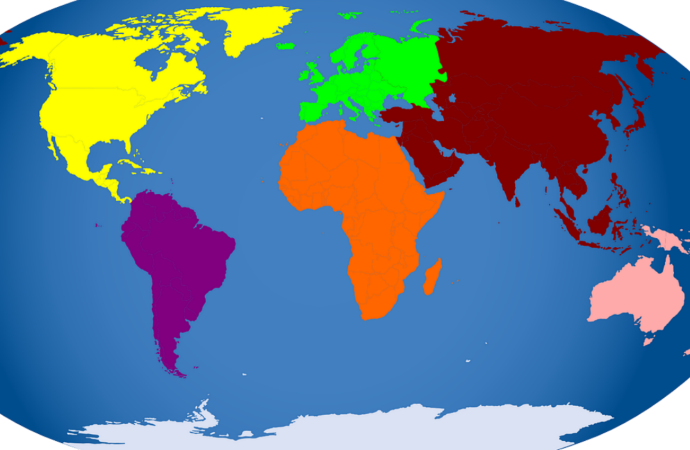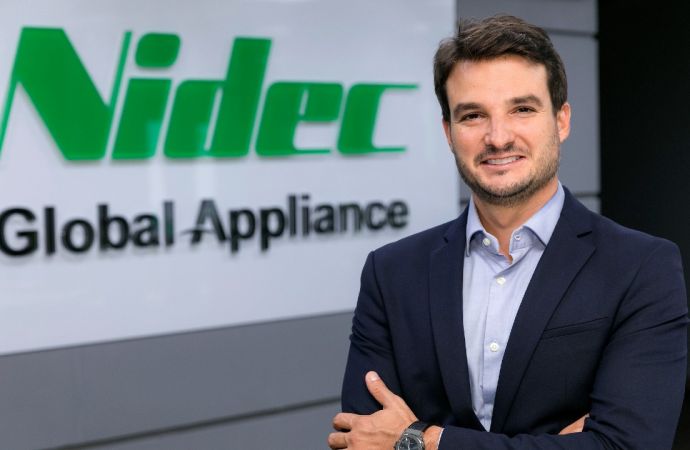In the wake of the IEC’s new 500-g limit, groups in North America, Europe, Japan and Australia are starting to evaluate what to adopt.

In May, the International Electrotechnical Commission (IEC) approved an increase of the charge limit of hydrocarbons in self-contained commercial display cases to 500 g (17.6 oz) from 150 g (5.3 oz) under its IEC 60335-2-89 standard, thereby boosting the prospects for hydrocarbon adoption throughout the world.
But it is still up to regional standards groups to decide whether to accept the IEC’s new charge limit and its safety guidance or come up with something different. Some OEMs are concerned "about theimpact of additional safety regulations on their product development and sales strategies, said Robert Terry, global product management, variable speed platform, for U.S. compressor manufacturer Tecumseh.
In North America, CANENA, a standards harmonization body for the Americas, will develop the new hydrocarbon charge limit standard for the U.S. and Canada. That will happen in the coming months “with some modification based on NFPA [National Fire Protection Association] and AHRTI [Air-Conditioning, Heating, and Refrigeration Technology Institute] studies,” said Marek Zgliczynski, chair of the IEC SC61C subcommittee as well as director of research and development for Brazilian refrigeration manufacturer Embraco.
CANENA “has just started talking about moving on a standard,” said Charles Hon, engineering manager for O’Fallon, Mo.-based commercial case maker True Manufacturing, who is a member of CANENA. “We haven’t formed a committee yet but we’re doing exploratory work on a proposal to start the process.” Participants in the CANENA effort include representatives of UL (Underwriters Laboratories), CSA (Canadian Standards Association) and AHRI (Air-Conditioning, Heating, and Refrigeration Institute), said Hon, adding that a binational CANENA standard would be accepted by UL and CSA.
Hon said he expects CANENA's hydrocarbon charge-limit standard to have “more safety controls than have been placed in the IEC standard.” It’s also possible, he added, that the standard will limit the hydrocarbon charge in upright commercial cabinets with doors – in which leaks could accumulate – to 250-300 g. (8.8-10.6 oz). But for other cabinets, a 500-g limit would apply. “That’s the direction of some people,” he said.
Hon believes that CANENA will act on a standard faster than it previously did for general rule changes, which took four years. “There are too many drivers here,” he said. “There are people who want to have it done by the end of next year, but that to me is a very aggressive schedule."
In the U.S., ASHRAE (American Society of Heating, Refrigerating and Air-Conditioning Engineers) would also need to update its general safety standard, ASHRAE-15. The timing for that, noted Zgliczynski, is “unpredictable.”
The U.S. Environmental Protection Agency (EPA), through its SNAP (Significant New Alternatives Policy) program also has to weigh in, usually by adopting the UL standard.
Finally, the model code bodies that establish codes for buildings and firesafety would need to update their standards; with the 2021 codes already set, the next opportunity would be for 2024.
The adoption of the higher charge limit by building codes is “the piece that will enable us to do it in the U.S. without complication,” said Geoff Amos, co-founder of NRMS Global, a U.K.-based design, manufacturing and consulting firm.
There are people who want to have it done by the end of next year, but that to me is a very aggressive schedule."
– Charles Hon, True Manufacturing
In Europe the revised IEC standard 60335-2-89 is going to be adopted by CENELEC (the European Committee for Electrotechnical Standardization) in EN 60335-2-89 “but not earlier than 2020 because of delays in the harmonization process with European directives,” said Zgliczynski.
Daniel Colbourne, a U.K-based consultant for GIZ Proklima, is also uncertain about how quickly Europe will adopt the new IEC standard. He points to “problems with the harmonization of 60335-1, and that has a domino effect on all the others in the 60335-2-xx group.”
On the other hand, even with a delay in CENELEC’s incorporation of the standard, manufacturers, noted Colbourne, have another option: “They can demonstrate conformity to the so-called EHSRs (environmental health and safety requirements) from the [EU] directives, and these can be assigned to the relevant clauses in the IEC versions easily enough.”
In Japan, the use of flammable refrigerants is governed mainly by the High Pressure Gas Safety Act, administered by the High Pressure Safety Institute of Japan. Individual product standards are developed by Japanese Industrial Standards (JIS).
A guideline for a new hydrocarbon standard in Japan is expected to be published in the spring of 2020. That guideline will be based on a pending risk assessment by the Japan Refrigeration and Air-Conditioning Industry Association (JRAIA), supported by Japan's Ministry of Economy Trade and Industry (METI). The guideline would then influence the High Pressure Gas Safety Act and JIS, and subsequently codes in the Building Act and the Fire Service Act.
In Australia, the use of flammable refrigerants in commercial refrigeration is mainly guided by Standards Australia’s AS/NZS 60335.2.89, according to the Australian Institute of Refrigeration, Air Conditioning and Heating (AIRAH) Flammable Refrigerants Safety Guide. It is not clear when this standard is set to be updated, though normal processes have shown that a higher charge could be approved in two to three years.
To read the complete Accelerate Magazine cover story from which this article is excerpted, click here.
Related stories




